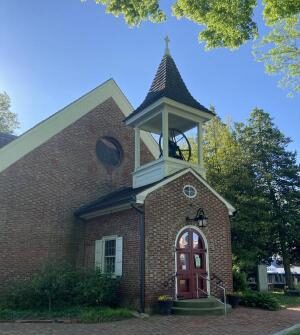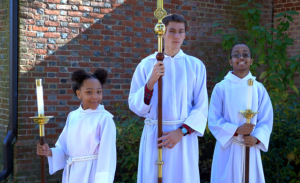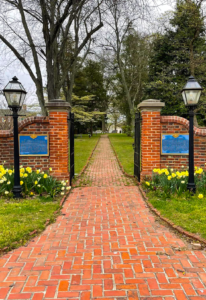The History of Christ Church
Historic Site

On August 30, 1703, 22 Kent County residents signed a petition to the Society for the Propagation of the Gospel in Foreign Parts, London, England, requesting the ministry of a priest. In the following year, the Reverend Thomas Crawford arrived, the first of nine S.P.G. missionaries.
When Dover was formally laid out by William Penn’s surveyors in 1717, two religious squares were designated. Meeting House Square, now the site of the Delaware State Museum, was reserved for “Dissenters” (Presbyterians) and Church Square, east of Water Street, was reserved for the Church of England. The original Church Square was southwest of the present square, and was relocated to its present site in 1734.
Caesar Rodney, a signer of the Declaration of Independence, was a parishioner and vestryman at Christ Church. There is a monument to him in the churchyard, but he is buried elsewhere.
The central portion of the present Christ Church building was begun on the new square that same year.
Christ Church is listed on the National Register of Historic Sites and is a participant in First State Heritage Park at Dover. A self-guided tour of the churchyard is available.





